Puppy-proofing a house is an essential step to ensure the safety of your furry friend. Puppies are curious and playful creatures, and they tend to explore their surroundings by chewing on everything they can find. Unfortunately, this can lead to serious injuries or even death in some cases. Therefore, it is crucial to take the necessary precautions to make your home a safe haven for your new pet.
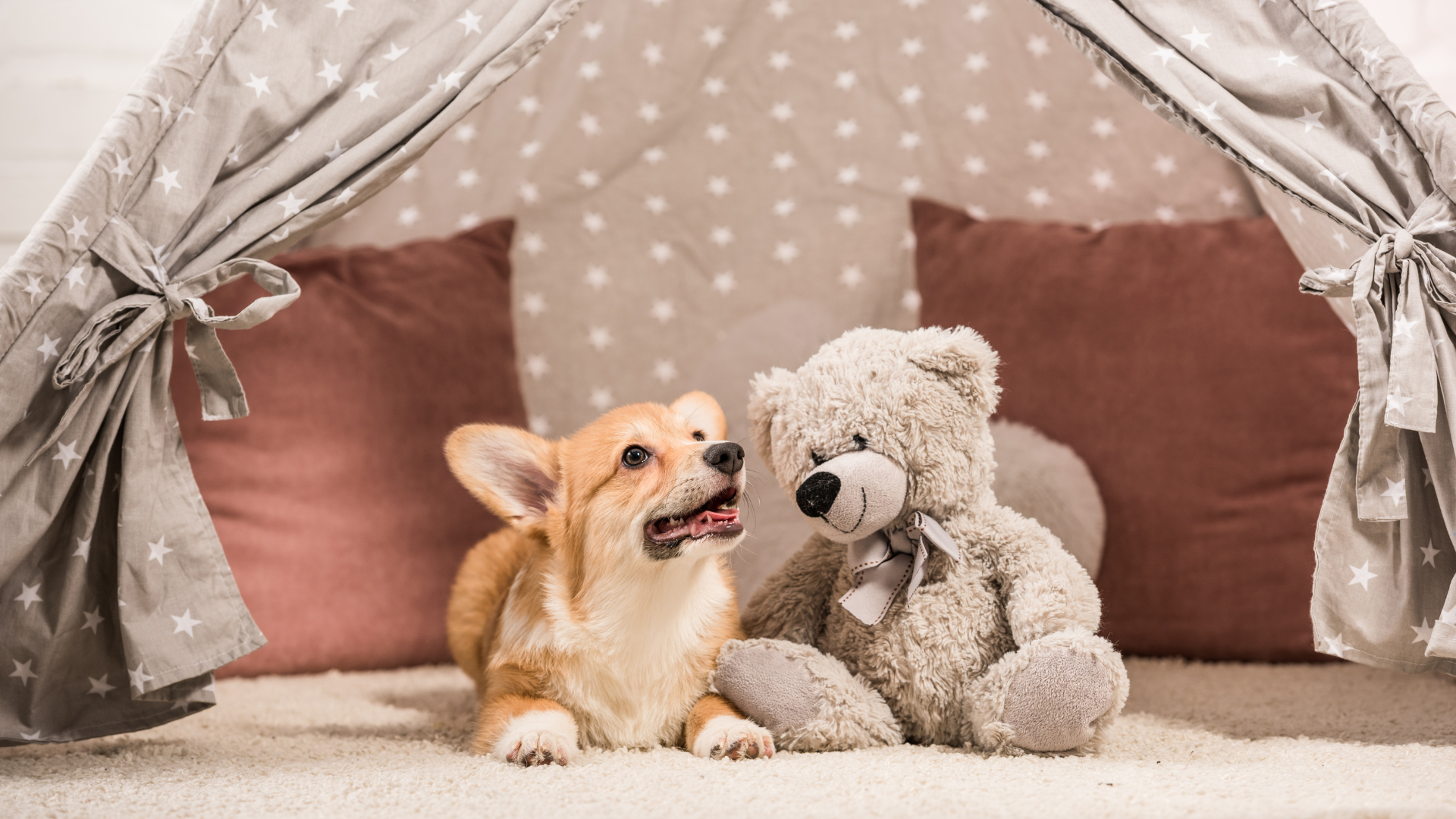
One of the first steps in puppy-proofing your house is to identify potential hazards. Electrical cords, toxic plants, cleaning products, and small objects are just a few examples of things that can be dangerous for your puppy. You should also consider securing any loose items that could fall on your puppy or cause them to trip and fall. By identifying and removing potential hazards, you can create a safe environment for your puppy to explore and play in.
Another important aspect of puppy-proofing your house is to provide your puppy with a designated area where they can play and rest. This can be a crate or a playpen, and it should be a comfortable and safe space for your puppy. By providing your puppy with their own space, you can prevent them from getting into trouble while you're away or unable to supervise them. Additionally, it can help your puppy feel secure and reduce the risk of separation anxiety.
Understanding Puppy Proofing
Puppy proofing is an essential step for any new puppy owner. It involves making your home a safe and secure environment for your new furry friend. In this section, we'll explore the basics of puppy proofing and the differences between puppy proofing and child proofing.
The Basics of Puppy Proofing
When it comes to puppy proofing, the key is to think like a puppy. Puppies are curious and love to explore their surroundings by chewing, biting, and digging. Therefore, it's important to remove any potential hazards that could harm your puppy or damage your home.
Here are some basic steps to follow when puppy proofing your home:
- Keep all hazardous items out of reach: This includes cleaning supplies, medications, and sharp objects.
- Secure all loose wires and cords: Puppies love to chew on wires, which can cause electrocution or fire hazards.
- Store all food and trash in secure containers: Puppies will try to eat anything they can get their paws on, which can lead to digestive problems or choking hazards.
- Block off any areas that are off-limits: Use baby gates or barriers to keep your puppy out of areas that are not safe for them.
Puppy Proofing vs. Child Proofing
While there are similarities between puppy proofing and child proofing, there are also some key differences. Child proofing is focused on keeping children safe from hazards that are specific to their age group, such as electrical outlets and sharp corners. Puppy proofing, on the other hand, is focused on keeping puppies safe from hazards that are specific to their behavior, such as chewing and digging.
It's important to note that puppy proofing is not a one-time event. Puppies grow quickly and their behavior changes as they mature. Therefore, it's important to regularly reassess your home and make any necessary adjustments to keep your puppy safe.
Understanding the basics of puppy proofing is essential for any new puppy owner. By following these simple steps, you can create a safe and secure environment for your new furry friend to explore and play.

Preparing Your Home
Before bringing home a new puppy, it is important to prepare your home to ensure that it is a safe and secure environment for your furry friend. Here are some tips to help you puppy-proof your home:
Securing the Kitchen
The kitchen can be a hazardous place for a curious puppy. Make sure to secure all cabinets and drawers that contain food, cleaning supplies, or other potentially harmful items. Keep all medications, trash, and plastic bags out of reach, and ensure that all cords and sharp objects are properly stored.
Living Room Safety
The living room is often a popular hangout spot for families, but it can also be a danger zone for puppies. Keep all choking hazards, such as coins and batteries, out of reach. Make sure to secure any cords or wires, and keep all sharp objects and toxic chemicals out of reach.
Bathroom Hazards
The bathroom can be a dangerous place for a puppy. Keep all medications, cleaning supplies, and toxic chemicals out of reach. Make sure to secure any cords or wires, and keep all sharp objects out of reach.
Bedroom Considerations
The bedroom is a place where puppies may spend a lot of time, so it is important to make sure it is a safe environment. Keep all choking hazards, such as coins and batteries, out of reach. Make sure to secure any cords or wires, and keep all sharp objects and toxic chemicals out of reach.
Garage and Basement
The garage and basement can be hazardous places for a curious puppy. Keep all sharp objects and toxic chemicals out of reach, and make sure to secure any cords or wires. Ensure that all household hazards, such as tools and machinery, are properly stored and secured.
By taking these steps to puppy-proof your home, you can help ensure that your furry friend stays safe and healthy.
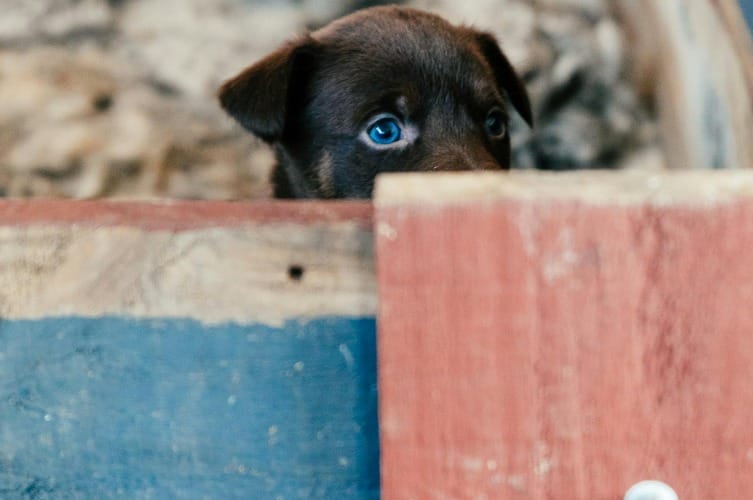
Creating a Safe Space
When bringing a new puppy home, creating a safe space is essential to ensure their safety and prevent any damage to your home. Here are a few tips on how to create a safe space for your new furry friend.
Choosing the Right Crate
A crate is an essential tool for puppy proofing your house. It provides a safe and comfortable space for your puppy to rest and sleep in, while also keeping them out of trouble. When choosing a crate, make sure it is the right size for your puppy, with enough room for them to stand up, turn around, and lie down comfortably.
Designating a Puppy Area
Designating a specific area for your puppy can help prevent accidents and damage to your home. This area should be a space that is easy to clean, with no hazards or dangerous objects in reach. You can use a baby gate or pet gate to block off this area and keep your puppy contained.
Use of Baby Gates and Barriers
Baby gates and barriers can be used to prevent your puppy from accessing certain areas of your home, such as stairs or rooms with valuable items. When choosing a baby gate or barrier, make sure it is sturdy and secure, and that your puppy cannot jump over or knock it down.
By following these tips, you can create a safe and comfortable space for your new puppy, while also protecting your home and belongings. Remember to always supervise your puppy and provide plenty of toys and activities to keep them entertained and happy.
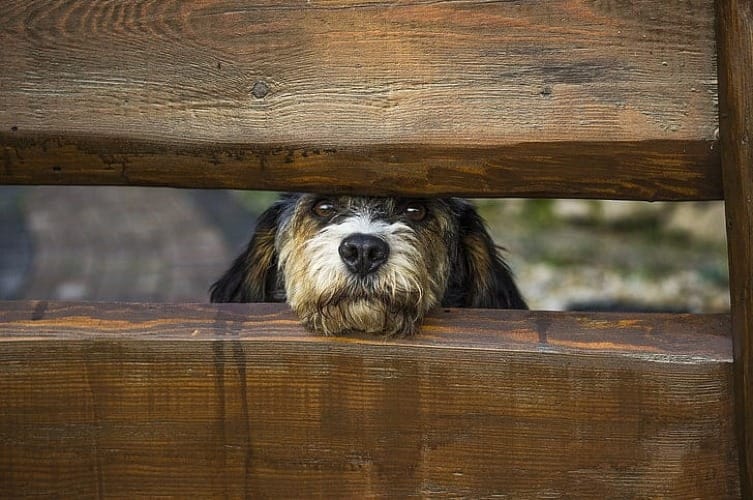
Outdoor Safety
When it comes to puppy proofing your house, outdoor safety is just as important as indoor safety. Here are some tips to ensure that your puppy stays safe while enjoying the great outdoors.
Securing the Yard
One of the first things you should do is make sure your yard is secure. Check for any gaps or holes in the fence that your puppy might be able to squeeze through. If your fence is too low, consider adding some extra height to prevent your puppy from jumping over it.
Pool and Water Hazards
Pools and other bodies of water can be a serious hazard for puppies. Make sure your pool is properly fenced off to prevent your puppy from accidentally falling in. If you have a pool cover, make sure it is securely fastened when not in use. It's also a good idea to provide your puppy with a cool, shaded area to rest and plenty of fresh, cool water to drink.
Dealing with Pests and Wildlife
Ticks, fleas, and other pests can be a real problem for puppies. Make sure to keep your yard clean and free of debris, as this can attract pests. If you use pesticides or fertilizers, make sure they are safe for pets and follow the instructions carefully. You should also keep an eye out for any wildlife that might be lurking in your yard, such as snakes or coyotes. If you live in an area with a lot of wildlife, consider installing motion-activated lights or a fence to keep your puppy safe.
By taking these steps to puppy proof your yard, you can help ensure that your puppy stays safe and happy while enjoying the great outdoors.
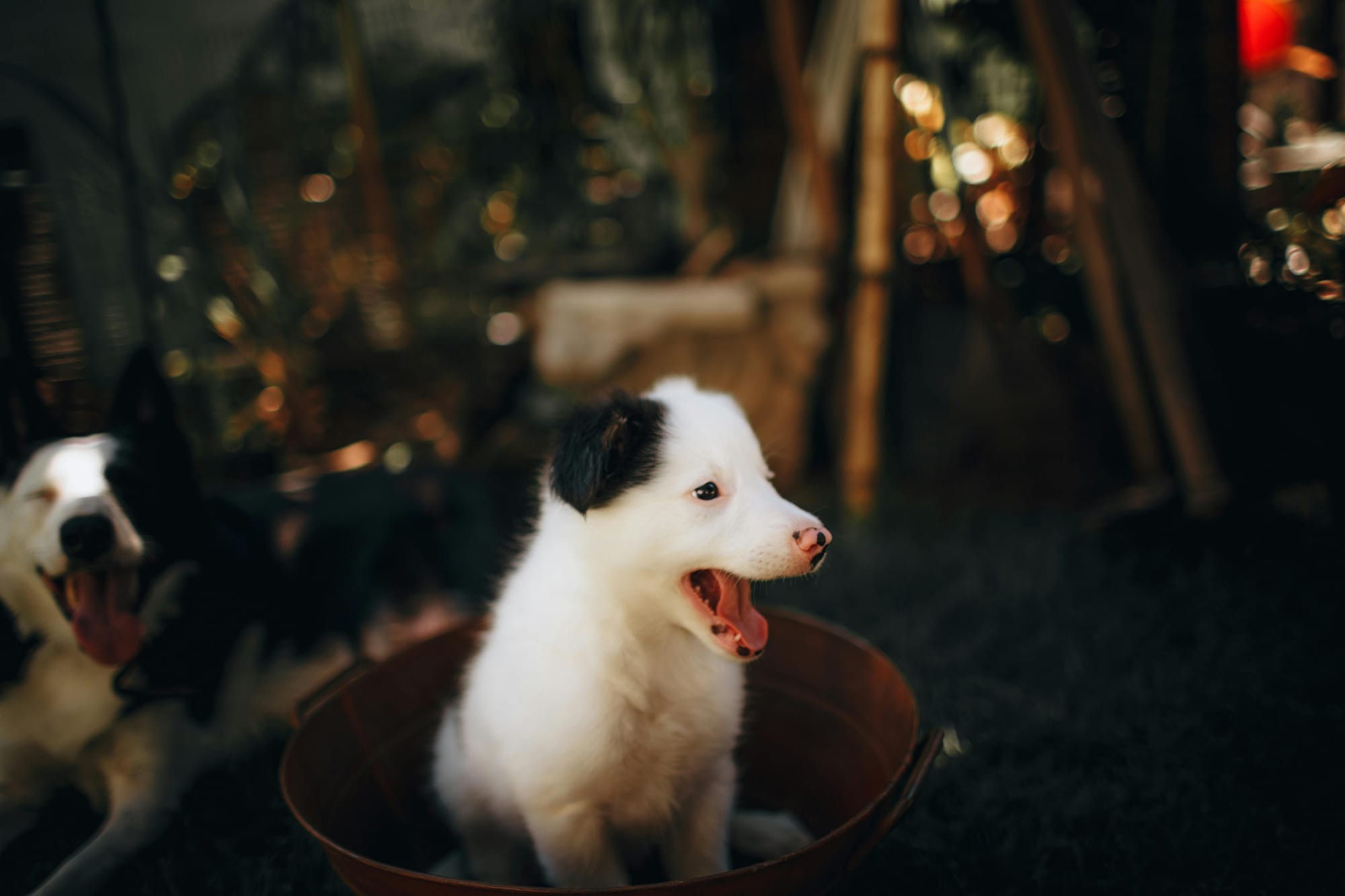
Common Household Dangers
Puppies are naturally curious and love to explore their surroundings. However, this can lead to them getting into dangerous situations. It's important to puppy-proof your home to ensure their safety. Here are some common household dangers to be aware of:
Toxic Plants and Foods
Some plants and foods can be toxic to dogs. It's important to keep them out of reach. Some common toxic plants include lilies, azaleas, and daffodils. Toxic foods include chocolate, grapes, and onions. If you suspect your puppy has ingested something toxic, contact your veterinarian immediately.
Electrical and Choking Hazards
Electrical cords and small items, such as bones and disposable razors, can be choking hazards for puppies. It's important to keep these items out of reach. Additionally, electrical cords should be secured and covered to prevent puppies from chewing on them.
Dangerous Household Items
Many household items can be dangerous for puppies. Trash cans should be secured and kept out of reach. Plastic bags and blinds cords can be choking hazards. Antifreeze and human medications should be stored in a secure location. Countertops should be kept clean and free of dangerous items. Doors and windows should be secured to prevent puppies from escaping.
By being aware of these common household dangers and taking steps to prevent them, you can keep your puppy safe and happy in their new home.
Training and Behavior
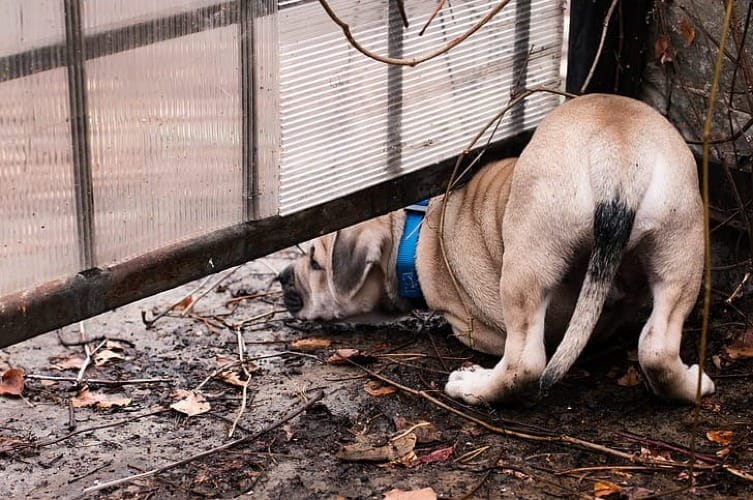
Crate Training Your Puppy
Crate training is an essential part of puppy proofing your home. It is an effective way to teach your puppy boundaries and keep them safe. The crate should be big enough for your puppy to stand up and turn around comfortably. You should also place a comfortable bed and some chew toys inside the crate.
Crate training helps your puppy learn to control their bladder and bowels. It also helps them feel safe and secure. You should never use the crate as a form of punishment. Instead, use positive reinforcement to encourage your puppy to enter the crate. You can do this by placing treats or toys inside the crate and praising your puppy when they enter.
Teaching Boundaries Within the Home
Teaching your puppy boundaries within the home is crucial for their safety. You should start by setting up a designated area for your puppy to play and exercise. This area should be free from any hazards such as electrical cords or sharp objects.
You should also teach your puppy which areas of the house are off-limits. You can do this by using baby gates or closing doors to prevent access to certain areas. You should also supervise your puppy when they are exploring new areas of the house.
It is also important to provide your puppy with plenty of exercise and chew toys. This will help them release their energy and prevent them from becoming destructive. You should also make sure that your home is pet-friendly by removing any toxic plants or chemicals.
By following these training and behavior tips, you can ensure that your puppy is safe and well-behaved in your home.

Puppy Proofing Products
When puppy proofing a house, it is important to have the right products to ensure the safety of both the puppy and the household items. Here are some pet-safe products that can help puppy proof a house:
Pet-Safe Cleaning Products
Cleaning products are essential for keeping a house clean and tidy. However, some cleaning products can be harmful to pets. Pet-safe cleaning products are a great alternative to traditional cleaning products that contain harsh chemicals. These products are specially formulated to be safe for pets and are free from harmful chemicals that can cause harm to the puppy.
Some pet-safe cleaning products that can be used to puppy proof a house include:
- Pet-safe floor cleaners
- Pet-safe carpet cleaners
- Pet-safe disinfectants
- Pet-safe stain removers
Safety Devices and Locks
Safety devices and locks are essential for keeping puppies away from dangerous items and areas in the house. Childproof latches, fireplace screens, dog-proof trash cans, and child safety locks are some of the safety devices and locks that can be used to puppy proof a house.
Childproof latches can be used to secure cabinets and drawers that contain harmful items such as cleaning products, medicines, and sharp objects. Fireplace screens can be used to keep puppies away from the fire and prevent them from getting burned. Dog-proof trash cans can be used to prevent puppies from getting into the trash and eating harmful items.
Child safety locks can be used to secure doors and windows that lead to dangerous areas such as the garage, basement, or swimming pool. These locks are easy to install and can be used to prevent puppies from getting into areas where they can get hurt.
By using these pet-safe cleaning products and safety devices and locks, puppy proofing a house can be made easy and effective. It is important to choose the right products that are safe for pets and can help keep them away from dangerous areas and items in the house.
Health and Emergency Preparedness
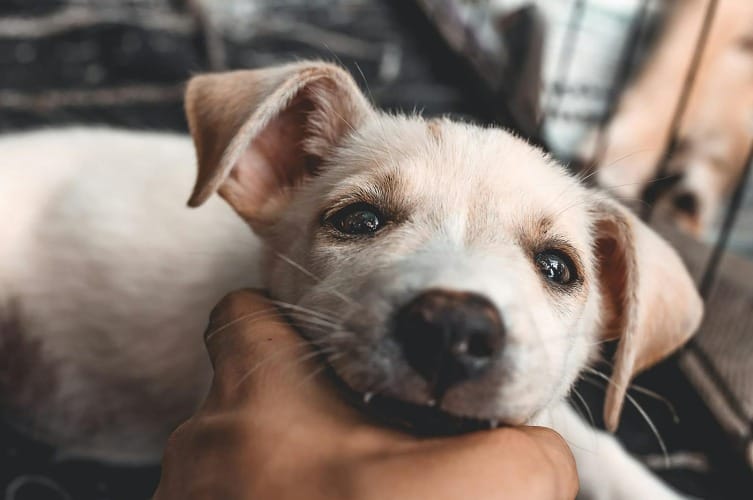
First Aid and Emergency Contacts
Puppy proofing a house can reduce the chances of accidents, but it is important to be prepared for emergencies. It is recommended to have a first aid kit specifically for pets and to keep emergency contact information for the nearest veterinary hospital or emergency clinic. In case of an emergency, it is important to remain calm and act quickly.
If a puppy is injured, it is important to assess the situation and determine if it requires immediate medical attention. Common injuries include cuts, burns, and fractures. It is important to clean and dress any wounds and to keep the puppy calm and still until they can be seen by a veterinarian.
Pet Insurance and Veterinary Care
Pet insurance can provide peace of mind and financial assistance in case of unexpected veterinary bills. It is important to research different pet insurance providers and policies to determine the best fit for the puppy and their specific needs.
Regular veterinary check-ups are also important for the health and well-being of a puppy. A veterinarian can provide preventative care such as vaccinations, parasite prevention, and dental cleanings. They can also diagnose and treat any health issues that may arise. It is recommended to establish a relationship with a veterinarian and to schedule regular check-ups throughout the puppy's life.
Being prepared for emergencies and having access to quality veterinary care can help ensure the health and safety of a puppy. Pet insurance and regular veterinary check-ups are important components of responsible puppy ownership.
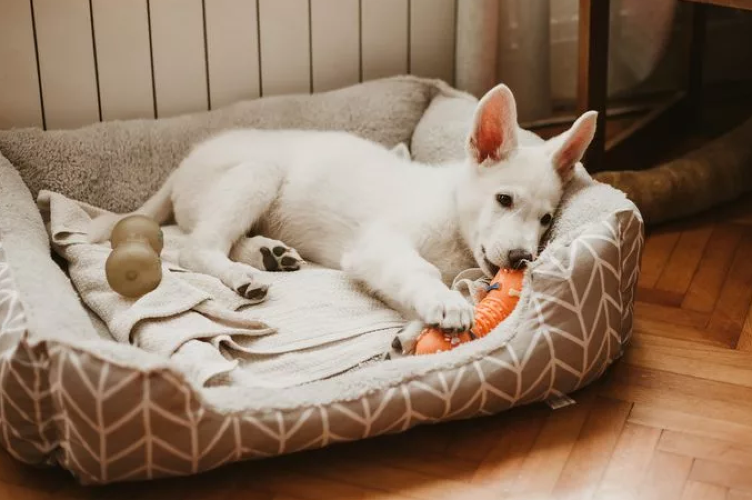
Puppy Proofing Checklists
When bringing a new puppy home, it's important to make sure your house is safe and secure. Puppy proofing your house can help prevent accidents and keep your puppy healthy and happy. Here are two checklists to help you get started:
New Puppy Checklist
Before bringing your new puppy home, make sure you have the following items:
- Collar and leash
- Food and water bowls
- High-quality puppy food
- Chew toys and bones
- Crate or kennel
- Bedding
- Puppy pads or newspaper for potty training
- Cleaning supplies for accidents
Puppy-Proofing Your House Checklist
To ensure your house is safe for your new puppy, follow these steps:
- Secure all electrical cords and outlets
- Keep all toxic substances, including cleaning supplies, out of reach
- Store all medications in a secure location
- Remove any plants that are toxic to dogs
- Secure all trash cans and keep them out of reach
- Cover any sharp edges or corners
- Keep all small objects out of reach
- Block off any areas that are off-limits to your puppy
- Install baby gates to block off stairs or other areas
- Keep all doors and windows closed and secure
By following these checklists, you can help ensure your new puppy stays safe and healthy in their new home.

Conclusion
Puppy-proofing your home is a vital step in ensuring the safety and well-being of your new furry companion. By identifying potential hazards, creating a designated safe space, and utilizing pet-safe products, you can prevent accidents and provide a secure environment for your puppy to explore and grow. Regular reassessment and adjustments to your puppy-proofing measures are necessary as your puppy matures. Remember, a safe puppy is a happy puppy, and by taking these precautions, you're laying the foundation for a joyful and harmonious life together with your newest family member.
Frequently Asked Questions
- What steps should I take to secure electrical cords and outlets for a puppy?
- Puppies love to chew on things, including electrical cords and outlets, which can be dangerous. To secure electrical cords, use cord covers or wrap cords with tape or cable ties to keep them out of reach. For outlets, use outlet covers or block them with furniture.
- What are the best strategies for protecting furniture from a puppy?
- To protect furniture from a puppy's chewing or scratching, cover it with a durable and washable fabric or use furniture covers. Alternatively, you can use taste deterrent sprays or provide the puppy with chew toys and scratching posts to redirect their attention.
- How can I make my apartment safe for a new puppy?
- To make your apartment safe for a new puppy, remove any hazardous items from their reach, such as cleaning supplies, medications, and small objects that can be swallowed. Use baby gates to block off areas that are off-limits, and secure windows and balcony doors to prevent falls.
- What are effective ways to prevent a puppy from escaping through the fence?
- To prevent a puppy from escaping through the fence, make sure the fence is high enough and has no gaps or holes. You can also use chicken wire or mesh to reinforce the fence and make it more difficult for the puppy to climb or dig under.
- What are essential rules to establish for a puppy in the home?
- Establishing rules for a puppy is important to prevent unwanted behaviors and ensure their safety. Some essential rules include no jumping on people, no biting or mouthing, and no chewing on furniture or other items. Consistency is key to enforcing these rules.
- How should I prepare my living room to ensure it's safe for a puppy?
- To prepare your living room for a puppy, remove any hazardous items, such as plants, cords, and small objects. Use furniture covers to protect your furniture, and provide the puppy with a designated area for their toys and bed. Use baby gates to block off areas that are off-limits.




